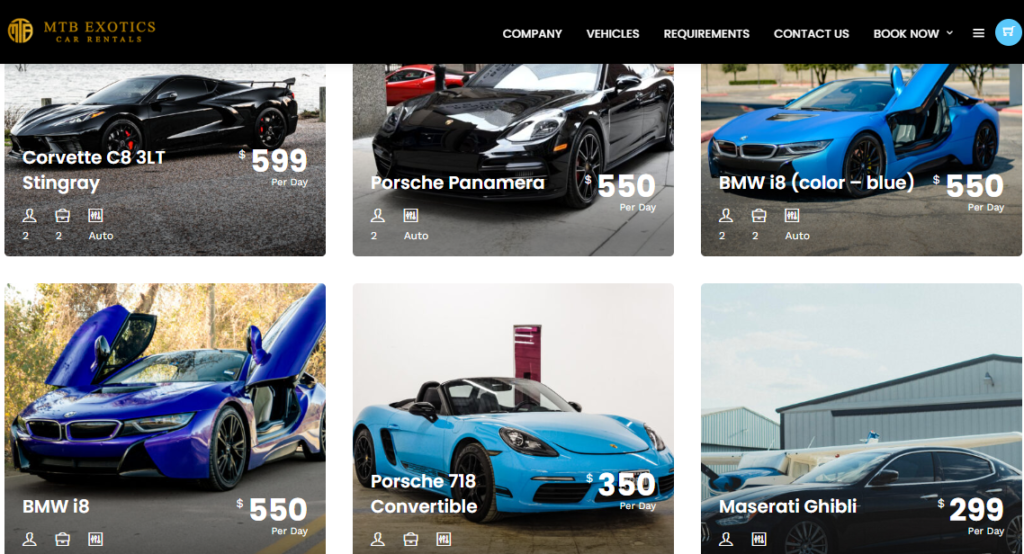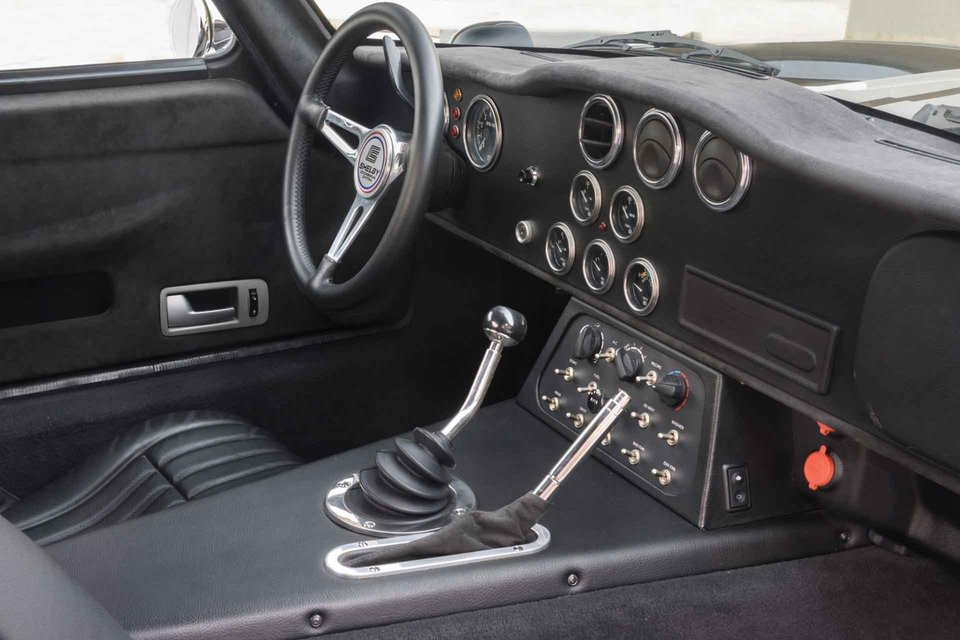How do your price your cars? As a Turo host, you must attract customers willing to pay reasonable prices for your cars. Pricing too high may scare them away, resulting in fewer reservations; however, pricing too low may have an impact on your rental earnings. This guide will assist you in pricing your car based on market demand, price trends, and generally, show you how Turo hosts price their cars.

Why you should Price Your Car Correctly?
Here are some of the reasons why pricing your cars correctly is critical:
It can help you get the most money for your cars. One of the most common mistakes owners make when selling a used car is underpricing their vehicles. This wastes money and may even prevent buyers from contacting you about your vehicle. When you correctly price your vehicle, you will attract more serious buyers who are willing to pay more for your vehicle.
You might be able to avoid negotiating (and wasting time on) “lowball” offers — that lowball offers that would make a used car dealer blush! Buyers will not bother negotiating with you if your asking price is close to fair market value; they will see this as time wastage because there is no room for negotiation
You will gain more control over the transaction process. When sellers underprice their vehicles, they are frequently forced to accept lowball offers because there aren’t enough buyers willing to pay market value for their vehicles in their current condition and mileage range.
The Basics of Car Pricing:
Pricing is determined by three factors:
- The base price you set for the car. This will be the price displayed in your listings and search results. You cannot change this once it has been published.
- Fee percent: The percentage rate that we use to calculate your total fee amount based on your base price. This can be changed at any time by clicking “Edit” on your dashboard or “Change fees” on the top right of any Turo.com page.
- Rental Fee: The total cost of renting a car from you, including taxes and fees.
Pricing is based on supply and demand:
Pricing will vary by city and time of year (holidays, big events, etc.). You may see an increase or decrease in price if there are more or fewer cars available in a particular area.

Pricing is subject to change at any time. Pricing may change at any time due to changes in supply or demand for vehicles in your area. If you see a change in price for your listing, don’t panic! It’s not necessarily because there’s something wrong with your car — it could just be a normal fluctuation in pricing due to market conditions. The best thing to do is to wait and see what happens over the next few days before adjusting your price again.
There’s no set formula for adding fees to your listing price:
When you add additional features like insurance, roadside assistance, or additional driver coverage into your listing, those costs are automatically added to the base price of renting out your vehicle.
How to Price Your Cars on Turo:
Price your car according to the competition:
Looking at similar vehicles rented by other Turo hosts in your area is one of the best ways to determine what price you should charge for your car. You can do this by searching for other vehicles on Turo using their VINs. You can also look for specific vehicle models or types that are similar to yours, such as luxury sedans or SUVs. Once you know how much other hosts charge for similar cars, you can decide whether to follow suit or set a different price based on factors such as location and seasonality.
To do this, go to the “Leasing” tab in the bottom left corner of the screen and click on “Rentals.” This will give you an overview of all the cars currently listed for rent in your area.
The next step is to narrow down your search by price and distance from your location. Click on “Price” and set the minimum price at a particular price per day. Then click on “Distance,” select 10 miles from your location, and click “Search.”
Price your car according to the different times and seasons of the year:
If you want to make more money, try charging higher rates during the holiday and summer months. You can also adjust rates according to demand. If there’s high demand for your car in a particular location or period, increase your rates. If there’s little demand for your vehicle, decrease them so that you can attract more customers.
Charge more for peak hours and weekends. Peak hours are when most people rent cars — during rush hour on weekdays or busy days like weekends and holidays. Because more renters are looking for vehicles these days, it might be worth charging extra fees during those times — even if it means losing some business from those who aren’t willing to pay extra fees at peak hours and weekends.
Also, consider offering discounts for longer rentals or multiple-day rentals. If someone rents your car for more than one day or wants to keep it longer than planned, reward them.
Price your car according to its make, condition, and model:
When you’re renting out your car, it’s important to price it according to its condition. A customer wants a car that is in good condition, so make sure that you can offer them this.

Here are some factors that can affect how much you should charge:
- Model year: Vehicles that are newer tend to be more expensive than older ones.
- Car type: Cars with extra features like leather seats or navigation systems cost more than base models.
- Make and model: Cars from luxury brands like Mercedes-Benz or BMW typically cost more than entry-level cars like Honda Civics or Toyota Corollas.
- Condition: In general, vehicles that are well maintained will attract higher rates than those in poor condition.
Price your car according to your operational cost :
Another way to determine a great price for your vehicle is to figure out what it costs for you to rent out the car. This includes all expenses, such as insurance and maintenance. Make sure to add in any additional fees for cleaning or gas, which might not be included in the total cost of renting out your car.
Once you have figured out what it costs for you to rent out a car, add some extra money on top of that amount because Turo takes 20% of all revenue generated from renting out vehicles on its platform. This means if you set the price too low, you could end up losing money after deductibles are taken out by Turo.
Conclusion:
There you go, if you’re not getting many bookings at your current rate, then it’s time to re-evaluate your price point. Many Turo hosts don’t realize that they could be making more money on their cars by renting them out for the right prices. A quick search on turo.com can help determine how much it costs per day to rent a similar vehicle in your area. This article has also shown you how to determine what amount to charge for your car when it’s rented out through Turo.